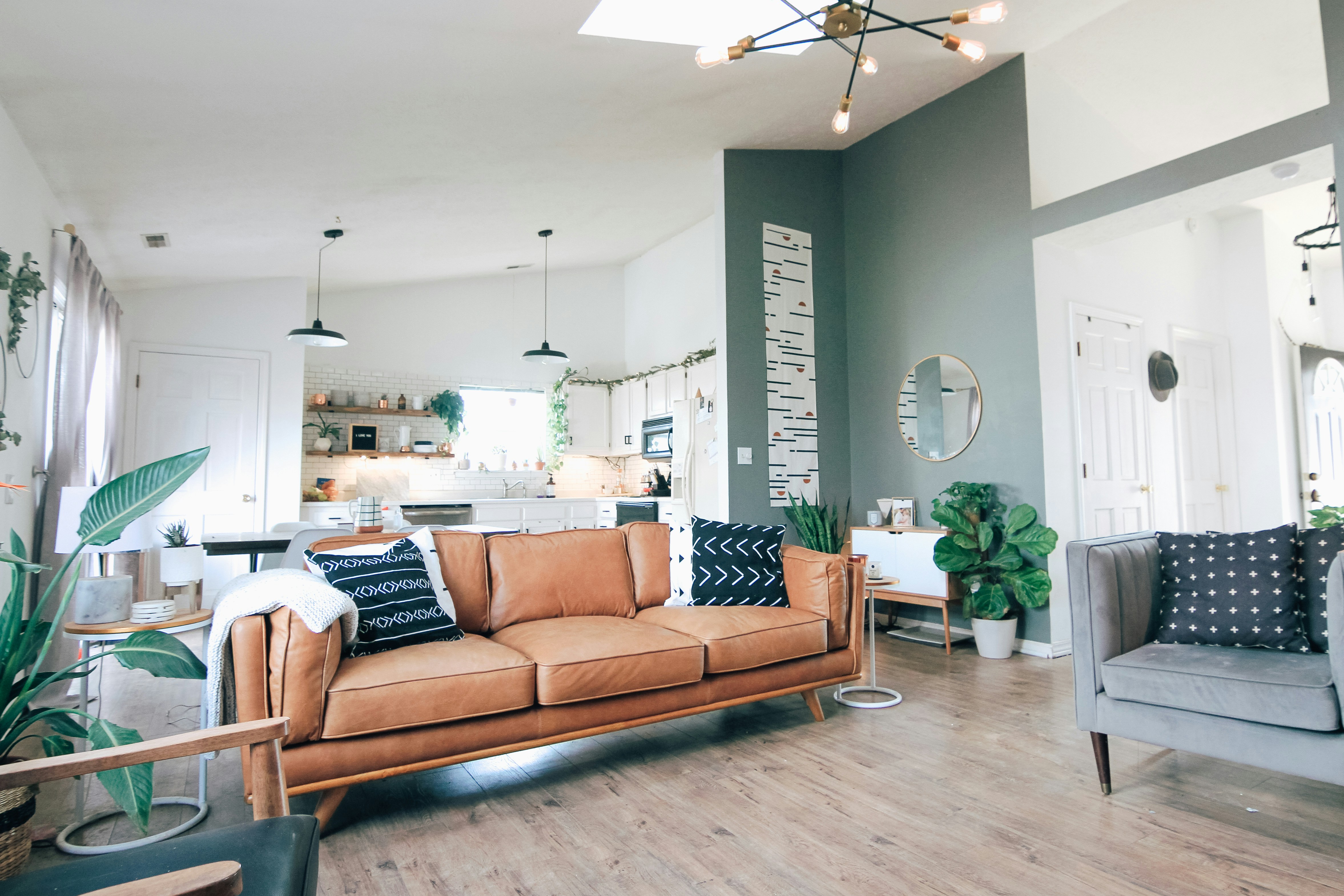
Easy Ways To Organize Shared Spaces For Expanding Families
Families often find excitement and challenges as more members join the household and everyday spaces fill with activity. Turning once-crowded rooms into cozy, useful areas brings everyone together and creates a sense of comfort at home. Small changes, such as rearranging furniture or adding storage, can make a big difference in how rooms function and feel. As your family changes and grows, your living spaces can adapt right along with you. By trying out a few practical tips and creative solutions, you’ll enjoy a home that feels open, inviting, and perfectly suited to each stage of family life.
Ready to rethink your layout? Follow these steps to build a clear plan that balances function with style. You’ll find approaches that highlight flexibility, encourage cooperation, and make everyday routines smoother. Let’s dive into solutions that spark energy and calm at the same time.
Assess Your Family’s Needs
Begin by gathering everyone for a quick discussion about how they use each shared space. Invite kids, teens, and adults to share what works and what feels cramped. You’ll learn about favorite spots, overlooked corners, and times when flow breaks down. Jot down key takeaways, from snack time by the couch to homework at the dining table.
Next, map out weekly activities in each room. Note hours when people relax, work, or play. Pinpoint peak traffic zones and moments when spacing feels tight. With this snapshot, decide which areas must remain flexible and where you can carve permanent stations. This clear view helps you set priorities and gives every family member a voice in the new design.
Declutter and Donate
- Start a one-room-at-a-time approach. Clear surfaces first, then open cabinets and drawers.
- Create three boxes or bags labeled Keep, Toss, Donate. Sort items quickly, staying honest about what serves your current lifestyle.
- Ask each family member to pick their top five favorite items in that room. This exercise highlights personal treasures and cuts down on second-guessing.
- Schedule a weekend drop-off to a local donation center. Kids can help load the car and learn giving back feels good.
Clearing out space refreshes any room instantly. Focus on items that support daily routines: toys that teach, cushions that add comfort during story time, and practical kitchen tools for quick family meals. Keep surfaces clear so your home breathes—and you’ll feel energized by all the newfound room.
Freeing up square footage often reveals hidden gems in need of a new home. You might rediscover art supplies or board games that bring everyone together. Once clutter leaves the picture, you’ll have a blank canvas ready for functional, beautiful storage solutions that match your family’s routine.
Divide Open Areas into Clear Zones
Split open spaces into designated zones that serve specific purposes. For example, set up a cozy reading nook by the window with a soft rug, beanbag chairs, and a small bookshelf. Position a small table and chairs for crafts or puzzles nearby. This method keeps creative messes contained.
Use rugs, accent lighting, and furniture placement to define each section. A low bookcase can separate a play zone from the living area without blocking sightlines. Encourage family members to respect these mini-rooms by assigning simple rules, like finishing snacks at the coffee table and leaving art projects in the craft corner.
Pick Versatile Furniture
Select furniture pieces that do more than one job to make the most of every inch. Look for ottomans with hidden storage, sofa beds for guest sleepovers, and extendable dining tables that adjust for family dinners or homework sessions. Choosing adaptable items allows you to switch between tasks quickly.
Consider stacking stools that tuck under a console table when not in use or wall-mounted desks that fold away after work hours. Bring in furniture with wheels so you can move seating around for movie night or extra dining spots. These small design choices help you change a space easily as needs shift.
Set Up Smart Storage
Shelving and baskets add both function and style. Try these ideas:
- Clear plastic bins on lower shelves for kids’ crafts and toys—so everyone can find items without adult help.
- Label fabric bins with simple icons to guide little ones when they put things away.
- A floating shelf above a desk holds art supplies within reach without taking up tabletop space.
- Under-sofa drawers store spare blankets, pillows, or seasonal shoes out of sight.
Install wall hooks at various heights to hang backpacks, jackets, and dress-up costumes. A slim rolling cart slides into tight spots and offers flexible storage for cleaning supplies or office tools. With thoughtful placement, you’ll keep everyday essentials organized and easy to access.
Establish Daily Routines
Create clear, repeatable steps to bring order to busy mornings and evenings. Post a simple chart in each zone that lists tasks: put away toys after playtime, clear the table after meals, or stash homework in its folder. Involve kids in the routine by letting them decorate the chart with stickers or colored markers.
Set a 10-minute “tidy bell” each day when everyone joins in to restore order. A quick race to see who can collect the most items makes tidying up fun. With consistency, these small habits turn into second nature, so you spend less time organizing and more time enjoying each other’s company.
Start applying these steps today to create flexible, joyful shared spaces for your family. Clear zones, smart storage, and daily habits will help manage busy lives and make lasting memories.